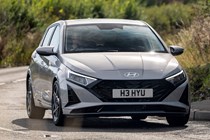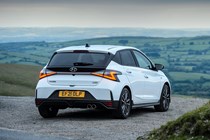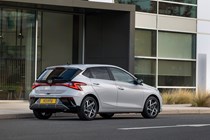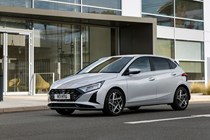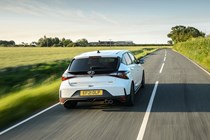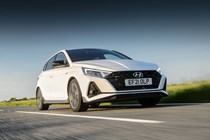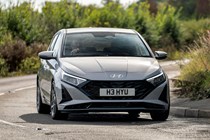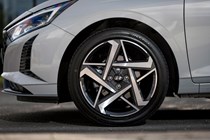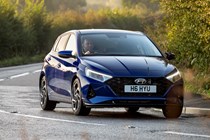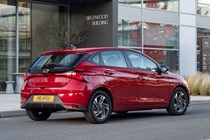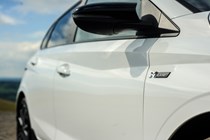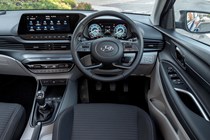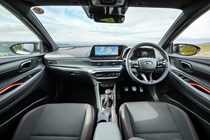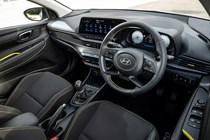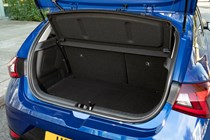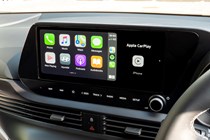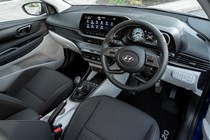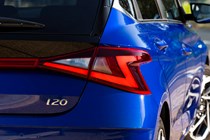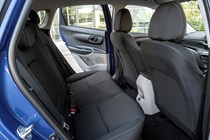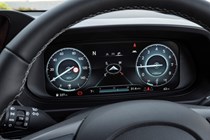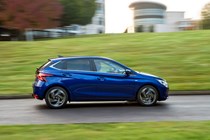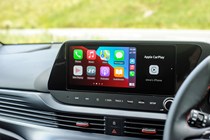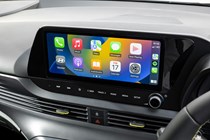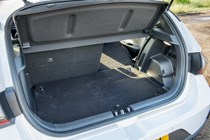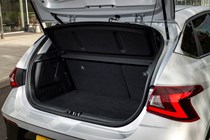
Hyundai i20 engines, drive and performance

- Only one petrol engine now available
- Mild-hybrid and i20 N hot hatch both discontinued in the UK
- Good blend of performance and economy
Petrol engines
The engine choice on the latest generation Hyundai i20 has always been quite slim, but as part of the 2024 update, there’s now only a single petrol engine available. The i20 N hot hatch has also been discontinued as Hyundai instead focuses its efforts on electric performance cars, rather than petrol ones.
The remaining engine is a turbocharged 1.0-litre petrol engine producing 100hp and 172Nm of torque. There’s the choice of a six-speed manual gearbox or seven-speed dual-clutch automatic with it, too. With the manual, the i20 can accelerate to 62mph in 10.4 seconds, but it will take a second longer with the automatic, which is dim-witted and can feel unresponsive.

Where possible, we strongly recommend choosing the manual as it has a pleasant gearshift, is quicker and suits the slightly throaty engine note. It’s not as quiet and refined as the Volkswagen Group’s turbocharged 1.0-litre unit, but generally feels nice and responsive, and suits the i20 well.
When Hyundai reintroduces the N-Line version to this supermini, it’s expected to be available with a slightly more powerful 120hp engine, though. If you’re looking for an i20 N hot hatch, you’ll now have to look for used versions instead, however, following production ending in 2023.
What’s it like to drive?
- Sharp handling and lots of grip
- Huge improvement over the old car…
- … but not quite as good as the Fiesta
Hyundai’s engineers have done a good job of the i20’s chassis. The entry-level models offer a good balance of comfort and grip. The setup is quite soft, so you get a fair amount of body roll if you tip it hard into a corner – but the chassis was designed to take that into account, so the tyres never leave contact with the road. That makes it safe at speed.
It also changes direction keenly, although the steering doesn’t offer a lot of feedback. This is unlikely to be a problem for most buyers as the majority of i20s will spend their lives pottering around multi-storey car parks and negotiating tight roundabouts, which is where the car excels.
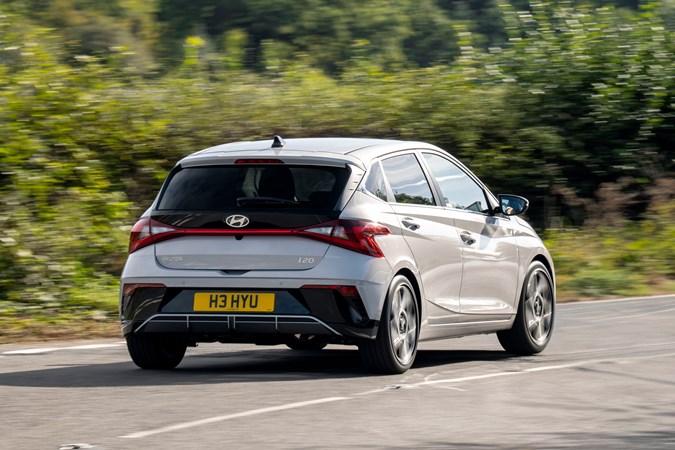
We were always fans of the previous N-Line model, so it will be great when this returns. With its bigger-bore exhaust, it sounds much sportier and though there are no other major mechanical changes, the visual and audible changes make quite a difference to the experience.


